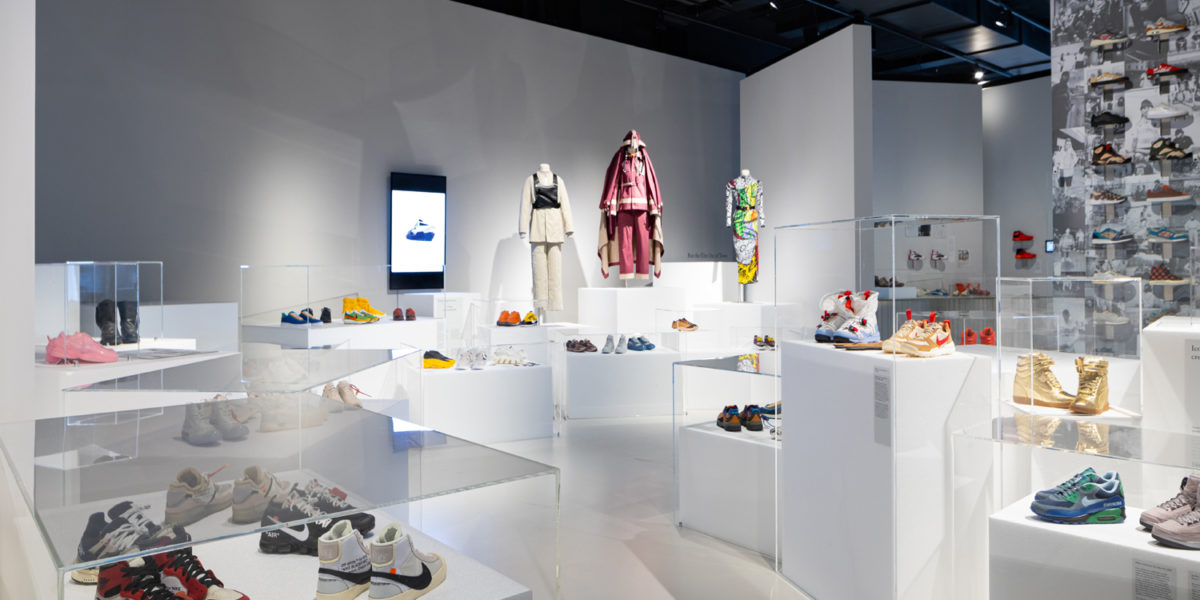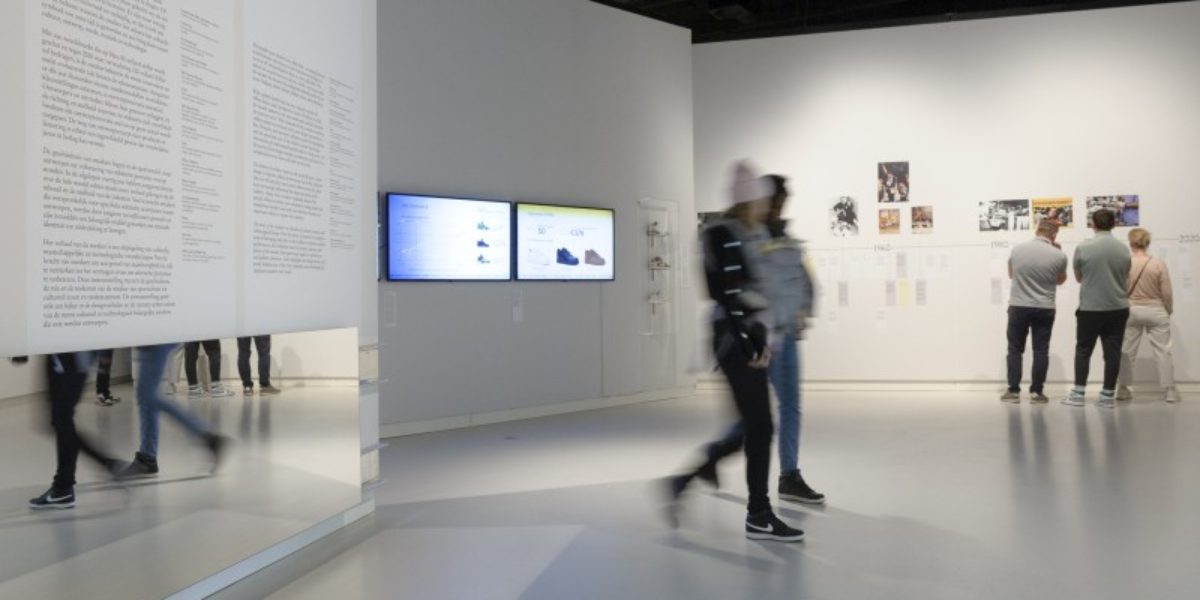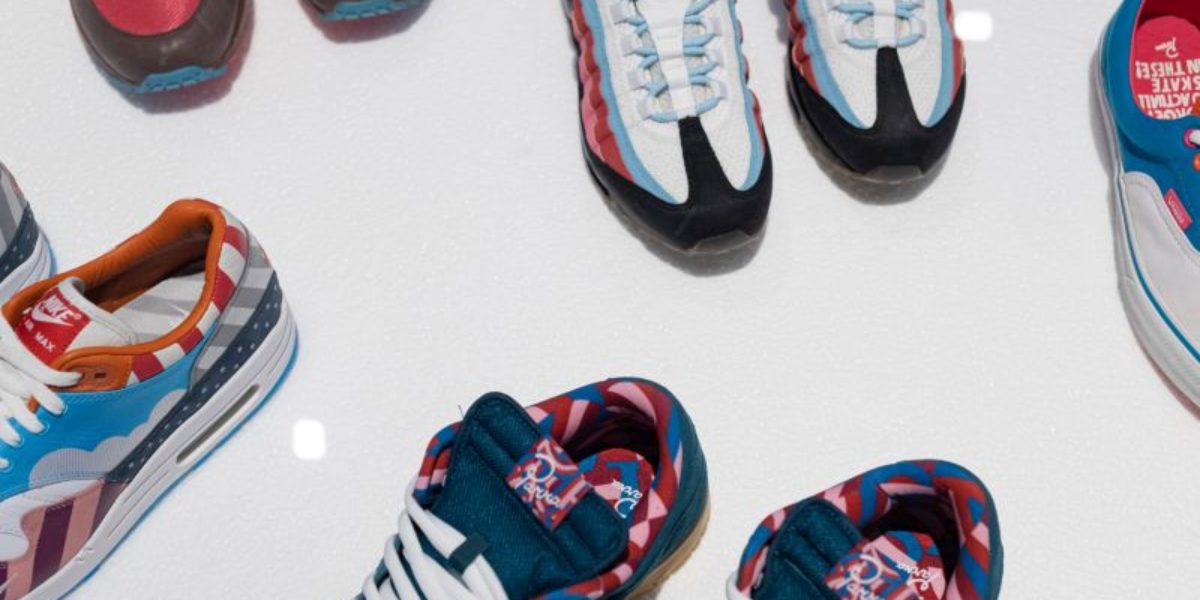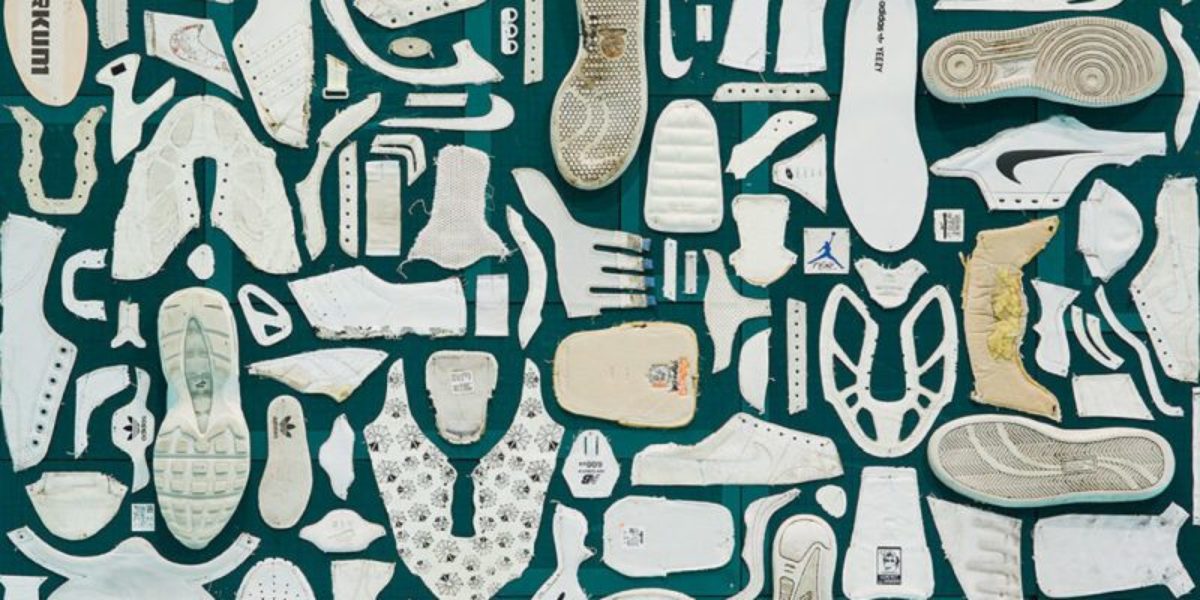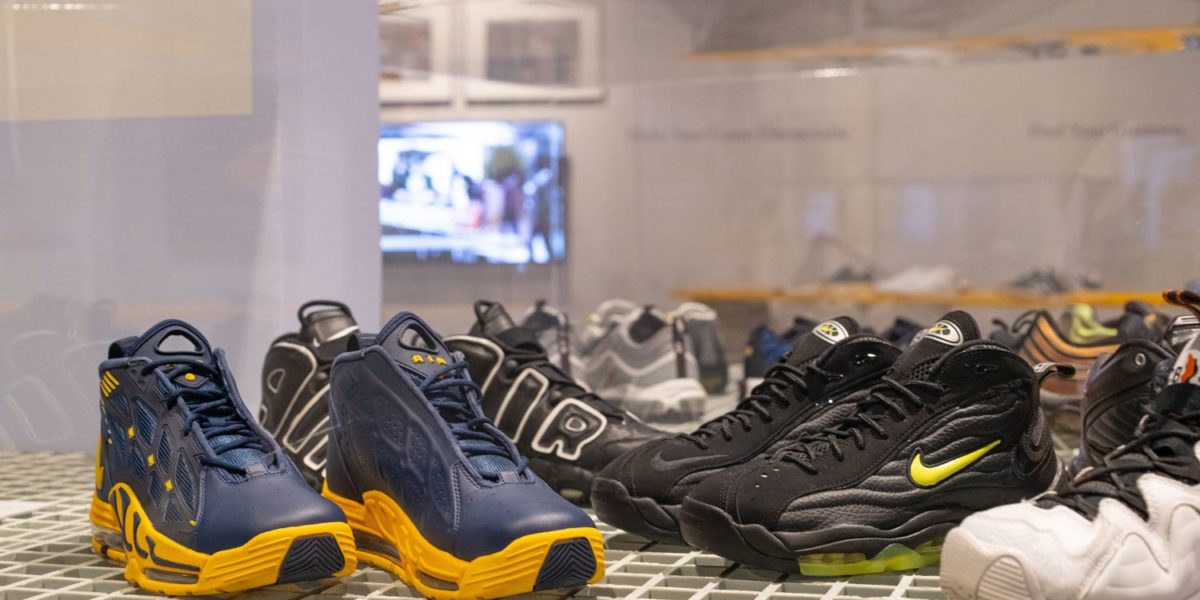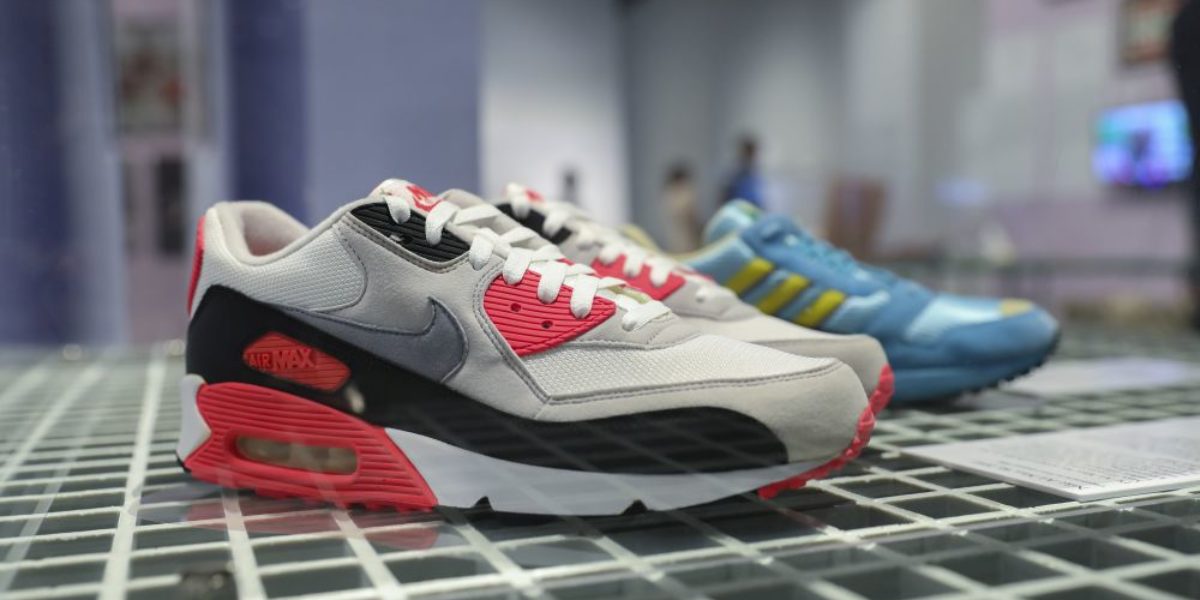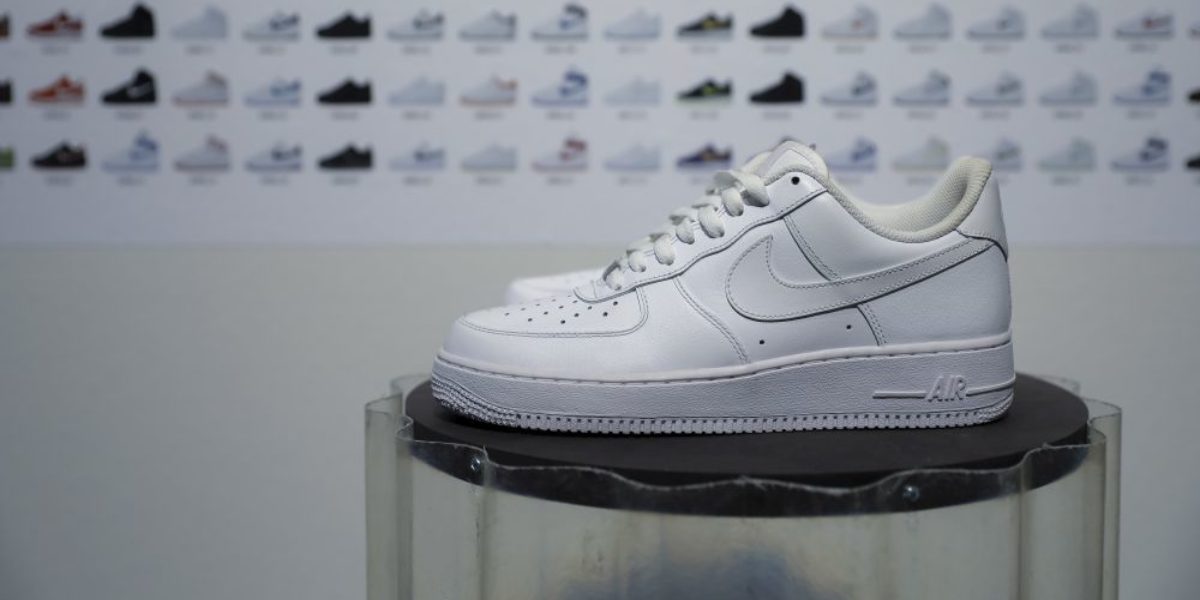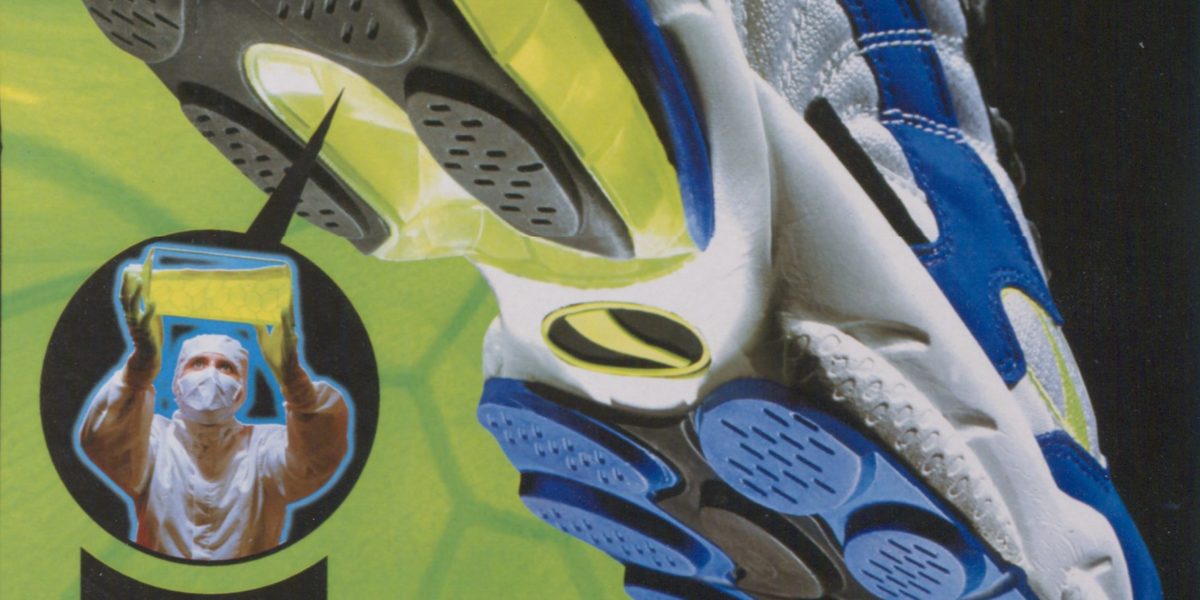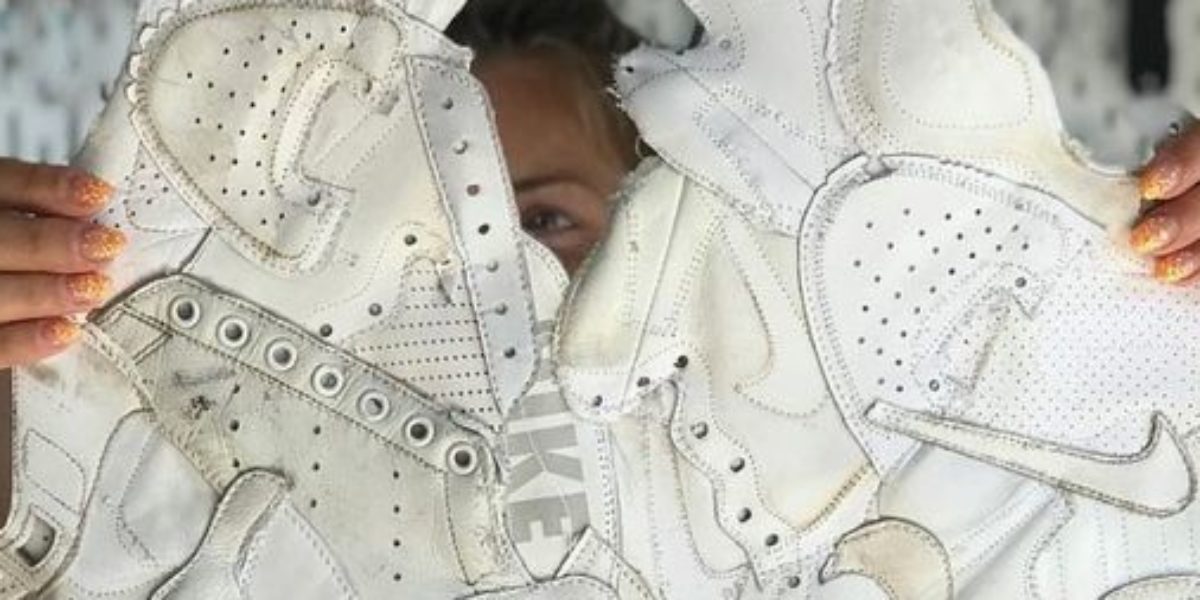Nancy Bocken is professor of Sustainable Business at Maastricht University. For the Third Floor, she interprets the impact of the fashion industry on the environment and she shares tips on how both the government, sneaker brands and sneaker lovers can make more sustainable choices.
Clothing production has doubled in the past 15 years, but the average number of times we wear something has fallen by almost 40%[i]. Estimates show that on average we own around 150 clothing items, but that may still be a bit on the low side and this number is probably a lot higher in reality [ii]. On average, only 20% of the clothes in a wardrobe are actually used, and not only in ‘consumer societies’ like America, but also in countries like Belgium, Norway or Switzerland. [iii] At the same time, less than 1% of the material used to produce clothes is recycled back into new clothes[iv].
We still live very much in a linear economy and society: we buy things that are only worn a few times (or sometimes not at all!), these are thrown away, and often not even recycled yet. After a product like a shoe or garment, has probably been made in a fairly complex way and has travelled all over the world to end up in your closet, after a few uses it goes back into the closet or is discarded. So a lot of wasted energy and effort.
Recycling, not as new as you think
Reuse and recycling actually dates back to the Greeks and Romans who were already recycling, or even the Bronze Age where broken ceramic pots were reused as jewellery, decoration or weapons[v]. And we all know more recent stories from (grand)parents or other family members about washing machines and electronics that used to last much longer, but whose average product lifespan has actually gone down in recent years[vi].
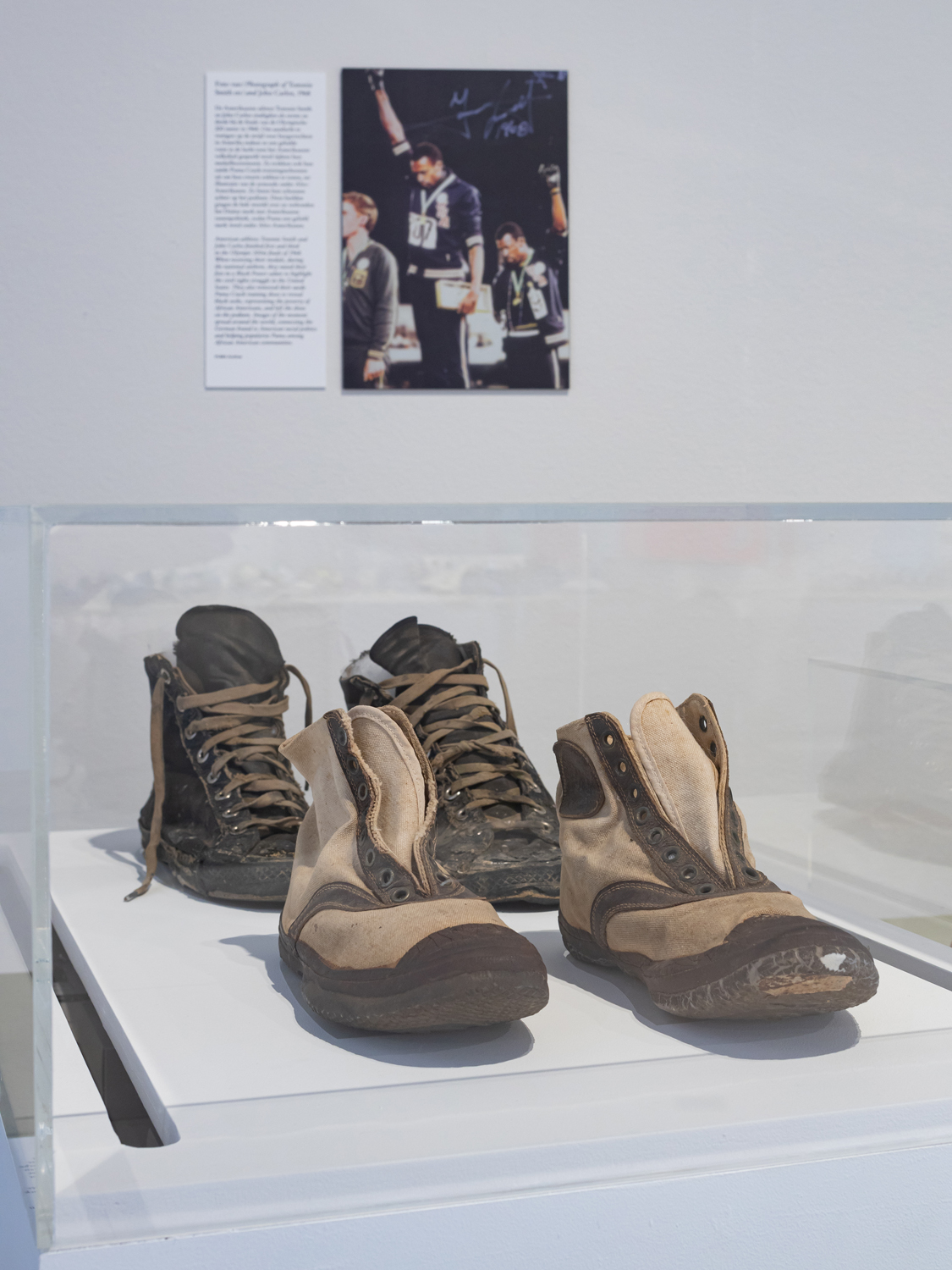
The impact of consumerism
The fact that a growing world population wants to consume more and more means that there is pressure on our planet. Of the clothes thrown away, 73% end up in a landfill or are burnt and 12% are used for less high-value purposes such as mattress padding or insulation. And only 1% of discarded clothes are made into new clothes again[vii]. All this consumption results in unnecessary CO2 being pumped into the atmosphere. Biodiversity is eroding, partly because we use land for production and agriculture – needed to feed our consumption. If we are to have any chance of preventing further dramatic temperature rises, we have to halve our CO2 emissions by 2030[viii]. And this is certainly possible, with commitment from government, business and ourselves.
The circular economy
To achieve this goal, we need to move fairly quickly towards a circular economy, in which, firstly, we buy fewer products that last longer. This should also be technically possible, and, as with clothing, products will have to be made of sustainable materials. In addition, the design can be more timeless so that we also want it to last longer. Outdoor clothing brands like Patagonia are already asking you to buy less, or else second-hand, and offer lifetime warranty and repair assistance[ix].
In addition, these products must also be produced efficiently, with energy-efficient processes and materials. After many uses, upgrades and repairs, these products should be recyclable. This is possible because the product or materials can be easily taken apart, and that it is as clear and easy as possible for the customer to recycle. Dutch brand MUD Jeans makes it possible to reuse jeans material, including through its lease-a-jeans concept[x].
Finally, there is a final strategy of regeneration: can companies ensure that nature and the environment are even better off? For example, IKEA is planting additional forests in places where they didn’t grow before, and companies like Unilever and Nestlé are looking into how they can do their bit for biodiversity and bee populations, as they depend on them in their own production processes[xi].
Do not buy promises
So the first step in the circular economy makes perfect sense: don’t buy, buy less and of better quality. September is therefore the month when we as consumers are urged not to buy anything. On social media, you can publicly pledge this with hashtags like: #koopniksnieuws #slowfashion or #slowfashionpledge. Thus the collaboration in the Netherlands between Zero Waste Netherlands and MaatschapWij:
“Together, we try not to buy anything new for a year and to consume second-hand as much as possible. Because: a life with less stuff is clearer, cheaper, freer and more sustainable.”
This is quite a contrast to ‘influencers’ like Kim Kardashian who proudly showed off her storage space with 30,000 clothing items during her reality show[xii]. Influencers should actually make consumerism cool. Fortunately, more and more ‘green influencers’ are also trying to do just that[xiii].
Sneakers
So what about sneakers? A fun fact is that sneakers take their name from the English ‘sneaky’ or ‘sneaking up on someone’, because the rubber soles made it possible to walk around quietly [xiv]. They are also meant for playing sports in. They have sneaked into our lives and our shoe closet. This was further fuelled by the corona pandemic, during which we had to stay indoors en masse and the neat work clothes and leather shoes and heeled shoes, could stay in the closet. The sneaker market is only growing and is likely to be worth $30 billion by 2030[xv]. Furthermore, the pandemic has also fuelled a second-hand market, not only for regular trainers, but also of rarer items: the sneaker as an investment object.
“Less is more”
Fortunately, there are also all sorts of positive developments: European policy is already focusing on the circular economy[xvi]. This policy focuses not only on recycling, but also on the right to repair, keeping spare parts available, and perhaps even starting to ban products that break down prematurely, a law already in force in France[xvii]. America is also focusing on the right to repair and China already has a number of 5-year plans in place for the circular economy[xviii].
Several brands offer an unconditional lifetime guarantee on shoes and even socks[xix]. The business model is that these may be a bit more expensive to buy, but ‘then you get something’: you need to buy and replace less.
There are also many other examples, with more of a social impact. For years, Tom’s Shoes focused on its social business model: the buy-one-give-one model, where for every pair of shoes bought, another pair was donated to a less fortunate person in countries where it was desperately needed[xx]. Brands like Veja focus on sustainable and fair-trade rubber where a fair price is paid to farmers, and whose production is also not at the expense of the rainforest.[xxi]. Timberland has come up with the Timberloop, where new shoes are made from your old handed-in shoes[xxii]. Netherlands-based EMMA Safety Footwear, for example, tested “shoes as a service” to better ensure maintenance and longer life of its safety footwear[xxiii].

Veja sneaker and raw materials. Photo Peter Tijhuis.
What can we do ourselves?
Fortunately, there is plenty we can do ourselves to make the circular economy a reality. Buy according to the “waste hierarchy”, where prevention is better than cure:
- Shop in your own wardrobe (and don’t buy!).
Often, it already helps to make an overview of what you have and how much you wear it. This awareness can help you avoid buying another pair of sneakers or jeans if you already own too much[xxiv]. So only replace what is needed. - Repair and upgrade what you have.
A good cleaning once, going to the cobbler’s, or a pair of new laces is sometimes enough to make your shoes new and fresh again. Search “upcycling clothing” online and you’ll find plenty of creative tips. - Exchange or borrow.
If you really want something new, swap items with friends, family, colleagues, acquaintances, or borrow them temporarily. If you don’t happen to know people with the same taste or size; swap or borrow through an online platform (Vinted, for example, has an option to swap clothes; with Peerby, you borrow stuff from people in your neighbourhood). - Buy second-hand.
If you do want to buy something new, buy something already in circulation, in a second-hand shop or online (Marktplaats is a good start). - Buy sustainably.
Several manufacturers use sustainable or recycled materials. If you really want to buy something or really need something new, choose sustainable.
Finally, a tip from Bhawana Pingali – founder of REVASTRA, the Indian Spiritual Fashion Lab – during a recent slow fashion workshop: Celebrate the stuff you have and be happy with it. You don’t have to ‘de-clutter’ immediately and get rid of everything (after all, you usually fill that space again), but be happy with what you have and enjoy it too.
Want to know more?
In our research at Maastricht University, we investigate how companies can experiment with business models that see focus on ‘consuming’. Several cases of companies experimenting in the circular economy can be found here: https://www.circularx.eu/en/cases
From our research, we have also developed a “Business for Sufficiency” database of companies focusing on sustainable consumption, in different sectors. These all hopefully offer inspiration. See: https://www.circularx.eu/en/tool/26/business-for-sufficiency-database.



